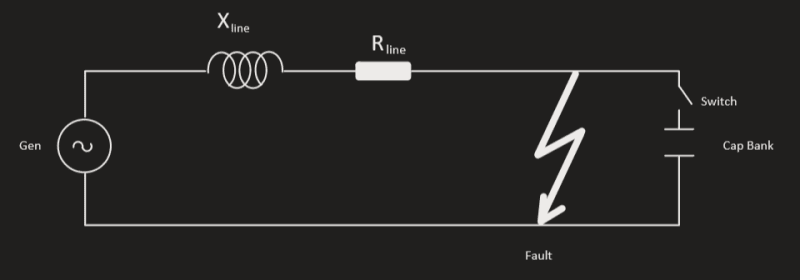TS Liew
Electrical
- Apr 27, 2020
- 25
Hi buddies, I have always wondered if a large capacitor bank in a 3 phase high voltage system would contribute a DC offset to a fault near it. We have had many studies of the same for inductive circuit but have not seen any on fault of capacitive circuits.
TS Liew (Electrical testing, Commissioning, Power system studies)
TS Liew (Electrical testing, Commissioning, Power system studies)

